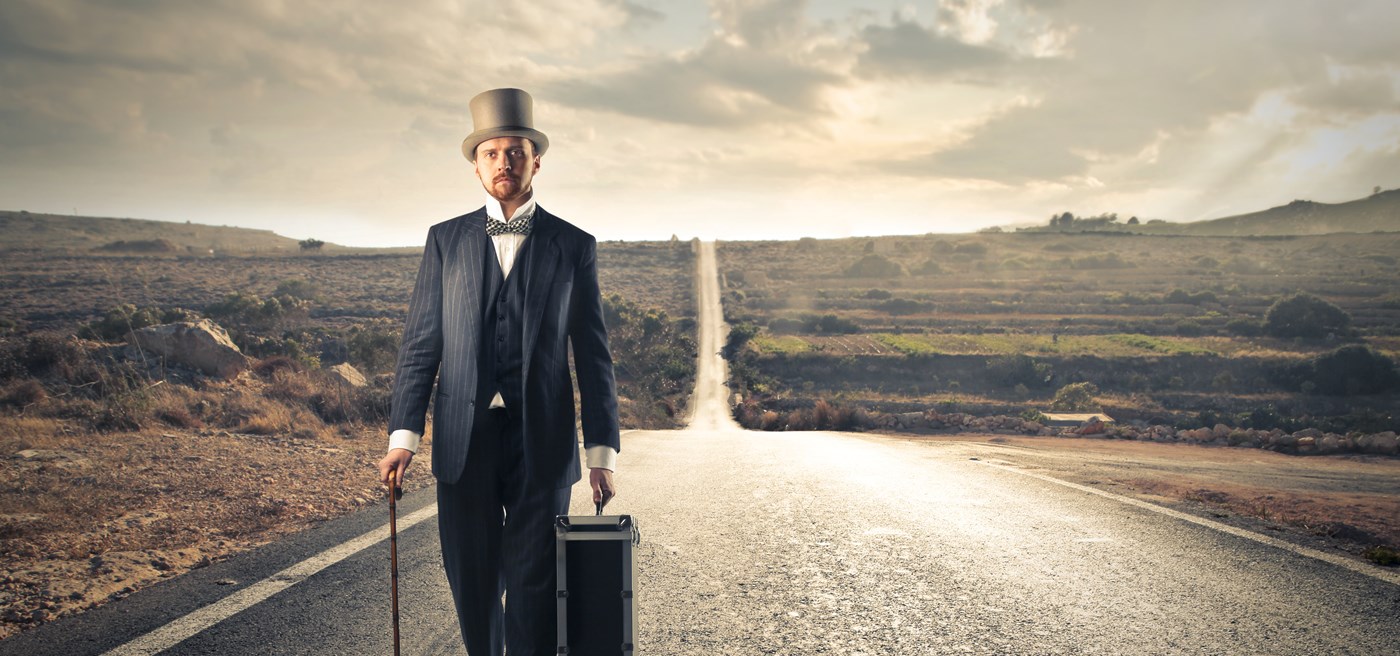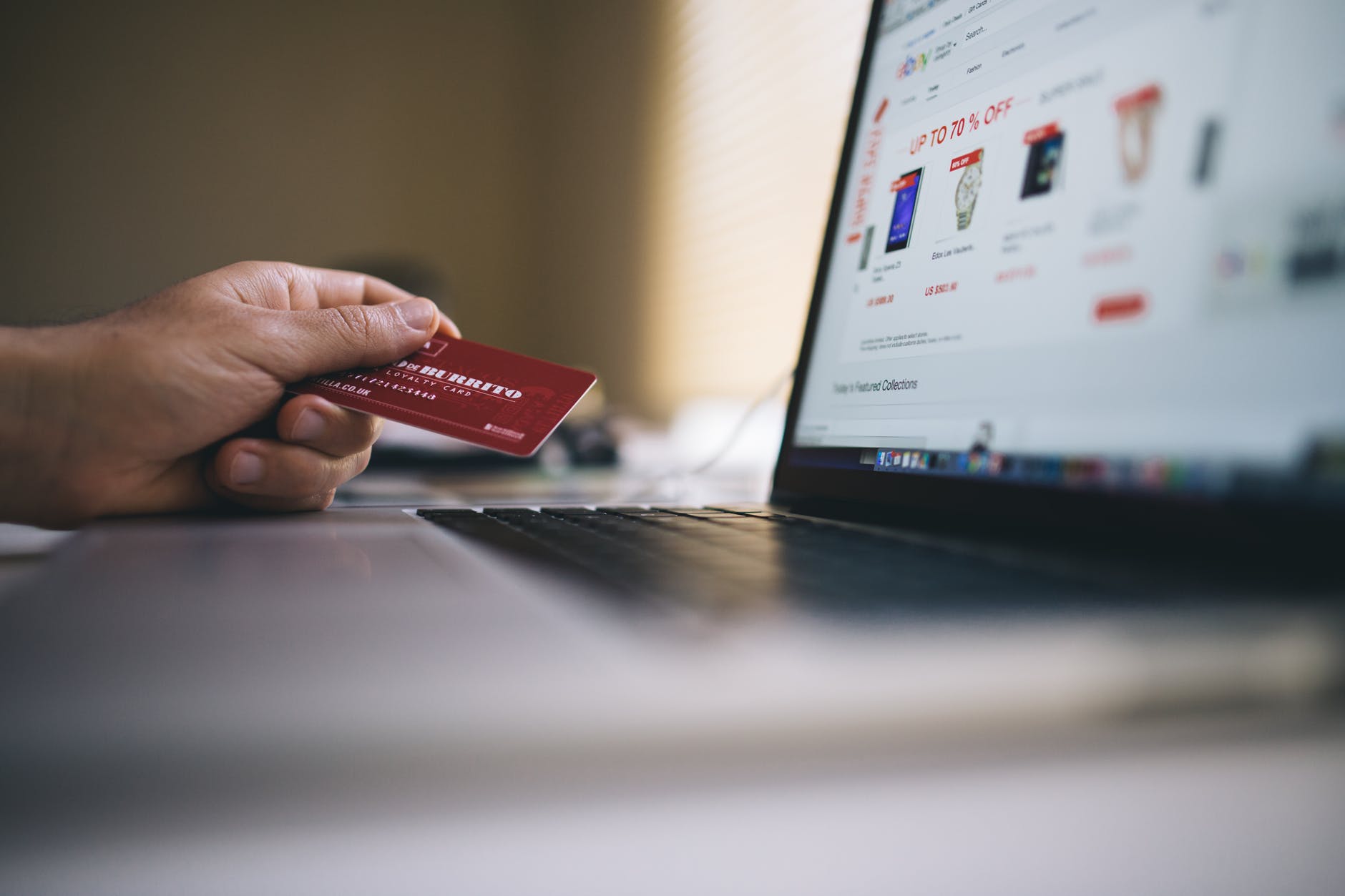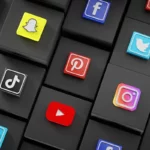Retail stores adopt multiple strategies to encourage impulse shopping, such as by advertising sales in store windows to lure passersby to enter the store and placing small items close to the cash register to promote up-selling.
When you run an e-commerce website, it may seem as though the benefits of impulse shoppers are not available to your business. However, just as retail stores can benefit financially from impulse shoppers, the same holds true for your e-commerce website.
You simply have to organize your website design in an attractive and logical way to produce the desired results and improve off-site marketing efforts.
Design
The best website design that encourages impulse shopping from your target audience is based on webmospherics. This is a technical term that is also referred to as web-atmospherics, and it describes all of the attributes of your website’s design that play a role in the overall shopping experience that your target audience enjoys.
For example, it may include everything from pop-up windows and inspirational text to appealing graphics or videos, thoughtful hyperlinks and more. The overall organization and the grouping of merchandise on your e-commerce website can directly encourage your target audience to make impulsive buying decisions that ultimately can boost your company’s bottom line.
The best strategy to use for successful webmospherics involves the creation of a shopping experience very similar to a traditional, in-store shopping experience. For example, after a customer adds an item to the shopping cart online, recommended additional items may be suggested to the shopper.
Because many shoppers today use their smartphones for online purchases, your website should be mobile-friendly in all ways. All aspects of the search functions, shopping cart experience and suggested add-ons should be easy for your customers to navigate on any type of mobile device.

Social Media
It is not enough to simply optimize your website to encourage impulsive buying decisions. You also must market broadly to appeal to impulse shoppers, and that is something you can do through social media marketing.
The typical consumer spends at least two hours each day on social media platforms, which is an excellent opportunity for you to use to get their attention. You should use your website and in-store sales processes, if applicable, to encourage your target audience to follow you on social media platforms.
Appealing to your followers directly is a cost-effective way to reach your target audience. You can also use pay-per-click ads, banner ads and other types of online marketing efforts to encourage your target audience to follow your business profile on social media platforms.
When your social media accounts have a substantial number of followers, you can easily post announcements about new products, limited time offers, brief sales and more to these individuals.
Many shoppers want to get the best deal possible and will act if there is an urgent need to do so. Instagram, for example, is an excellent social media platform for e-commerce businesses to use. You can post pictures showing the beneficial features of your merchandise, and you can write a short message announcing a limited time offer to encourage an immediate response from your followers.
Fear of Missing Out and Nostalgia
The psychology associated with impulse buying can be put to use by your e-commerce website when you understand the most common reasons why shoppers make impulsive decisions. One of these reasons relates to the fear of missing out or FOMO.
Many consumers want to have the latest merchandise that their friends and neighbors may have recently purchased, and some even have a strong desire to be the first and/or the only ones in their group to show off their newly bought items. This is particularly true with luxury brands as well antique items and collectibles. You can appeal to your shoppers’ FOMO mentality to encourage an immediate response.

Another psychological factor that may work in your favor is nostalgia, which refers to a product’s ability to bring back good memories or to re-live fabulous experiences in some way. You can incorporate hashtags, such as #tbt or #fbf, to create an instant nostalgic feeling, or you can refer to icons and products or fads that were common in years past.
When consumers equate positive feelings and memories to your products, they may be more inclined to immediately make a purchase.
Suggestions and Reminders
Another excellent way your e-commerce website to promote impulsive buying decisions from your target audience is through suggestions of related or relevant merchandise. When your website intelligently recognizes items placed in shopping carts or items customers searched for, related merchandise can be suggested.
This same strategy can be applied to shoppers who leave your website without making a purchase. For example, you could email your customers periodically with information about the products they were most interested in to encourage them to immediately come back to your website and make a purchase.
Likewise, cookies can be used to place unique marketing messages on relevant websites, and these marketing messages may be related to the products your customers were searching for.
Final Thoughts
A significant amount of your regular income could be derived directly from impulsive shoppers. When you do not take steps to appeal to impulse shoppers, you may be missing out on a fabulous money-making opportunity. Spend time today analyzing your online efforts to determine areas where you could improve on to promote immediate purchases from your customers.
About the Author:
Jasmine Williams covers the good and the bad of today’s business and marketing. She was rummaging through her grandma’s clothes before it was cool and she’s usually hunched over a book or dancing in the kitchen, trying hard to maintain rhythm, but delivering some fine cooking (her family says so). Tweet her @JazzyWilliams88



